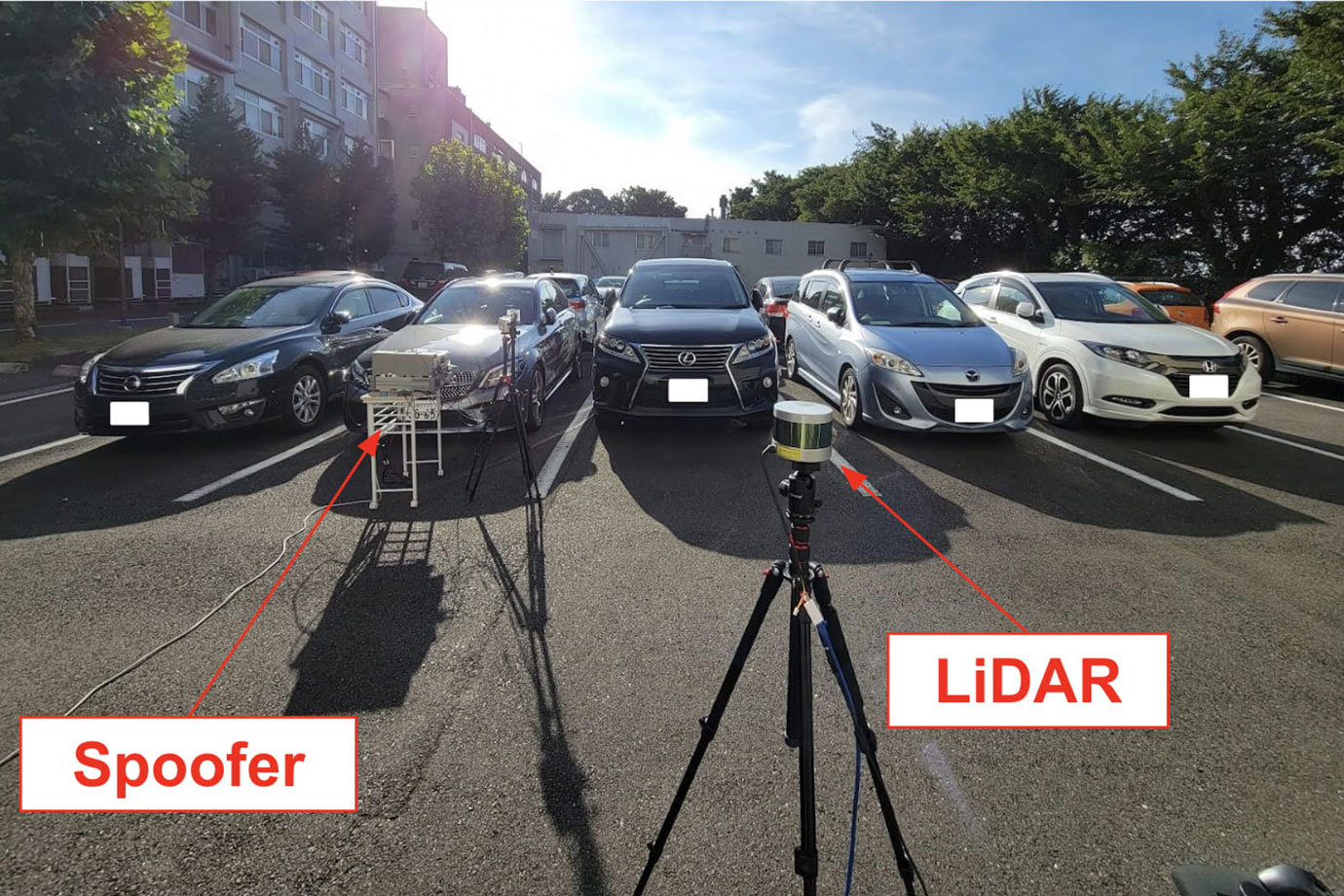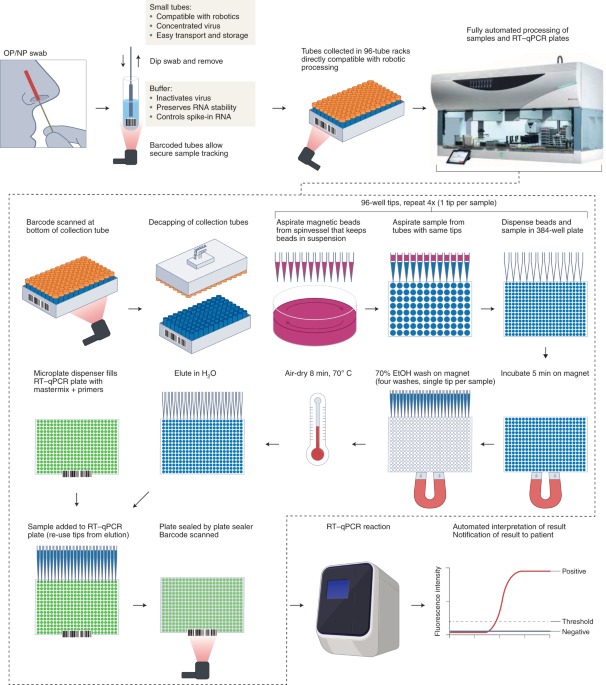Transportation is the largest source of planet-warming gases in the United States, which makes reducing tailpipe pollution as quickly as possible essential to meeting our climate goals. The Biden administration took a huge stride toward that goal Wednesday when it unveiled the tightest limits the nation has ever placed on vehicle emissions.
The rule, which follows three years of deliberation among regulators, automakers, and others, places increasingly stringent standards on the amount of CO2 and other pollutants cars can emit. The goal is to further electrify the country’s fleet through 2032, when President Biden hopes to see every other car sold be electric or a plug-in hybrid.
“Three years ago, I set an ambitious target: that half of all new cars and trucks sold in 2030 would be zero-emission,” Biden said in a statement posted on social media. “Together, we’ve made historic progress. Hundreds of new expanded factories across the country. Hundreds of billions in private investment and thousands of good-paying union jobs. And we’ll meet my goal by 2030 and race forward in the years ahead.”
The guideline, which takes effect with the 2027 model year, drew support from automakers and the leader of one industry trade group appeared with Michael Regan, the head of the Environmental Protection Agency, as he announced the regulation. Standing alongside gleaming chargers and spotless electric vehicles — underscoring the point of the new rule — Regan called the regulation “the strongest vehicle pollution technology standard ever finalized in United States history.”
Should the regulation survive the inevitable legal challenges — Louisiana’s Republican attorney general told the New York Times she plans to fight it in court — it will avoid more than 7 billion metric tons of carbon dioxide emissions over the next 30 years, according to the EPA. Those gains will inevitably boost public health as well.
“EPA just took a critical step to address climate change and reduce air pollution,” Harold Wimmer, president and CEO of the American Lung Association, said in a statement. “Stronger limits on pollution from cars, pickups, and SUVs will improve the air that everyone breathes and help prevent future health harms from climate change.”
How automakers meet the new guideline is up to them, as the rule is agnostic of the technologies they use to do so. Despite fearmongering from some corners of society and a specious warning from a fossil fuel trade group that the rule is an “EPA car ban,” EVs are but one approach. Plug-in hybrids and increasingly efficient internal combustion engines are other options, as the regulation only requires automakers to meet increasingly strict average emission limits across their entire product lines.
Still, the industry has made a major push into electrification and sold a record 1.2 million EVs last year. Sales slowed in recent months, however, and the new regulation will require a tenfold increase in sales within eight years. John Bozzella, president and CEO of the Alliance for Automotive Innovation, called that a “stretch goal” but said Wednesday, “The future is electric.”
The EPA’s standard is less aggressive than what was included when it proposed the rules in April, a concession the Biden administration made to automakers and the United Auto Workers. Manufacturers worried the original pace was too fast, and workers worried about job security. Electric vehicles tend to have fewer parts — meaning fewer people are needed on assembly lines — and many factories are located in right-to-work states hostile to organized labor.
“I know I’ve been a thorn in your side this last year,” Bozzella, whose organization represents 42 automakers and industry suppliers, told Regan from the stage during Wednesday’s event. “But it’s only because automakers are committed to electrification, and we want this transformation to EVs — our shared goal, by the way — to succeed over the long haul.”
Tempering the guideline will likely lead to a slower near-term ramp up in vehicle electrification, but the final rule nonetheless positions the sector to see EVs account for 67 percent of sales by 2032, according to a memo from the Alliance for Automotive Innovation.
While climate advocates by and large applauded the new guideline, many felt the Biden administration should have acted more aggressively.
“This rule falls far short of what is needed to protect public health and our planet,” Chelsea Hodgkins, a senior policy advocate with Public Citizen, said in a statement. The organization issued a report noting the vast resources the industry expended to weaken the rule, and said, “EPA is giving automakers a pass to continue producing polluting vehicles.”
The Union of Concerned Scientists also expressed disappointment, noting that “the science is clear on both the urgent need to cut climate-endangering emissions and the fact that we can make the cuts we need. We don’t have many opportunities to reduce transportation pollution, and it’s disappointing that this rule falls short of what’s possible.”
Still, any slack that may come from the federal effort may be picked up by the states. California plans to ban the sale of new internal combustion vehicles by 2035. Eight states have followed suit, pointing the way toward what is possible.
Note: This article have been indexed to our site. We do not claim legitimacy, ownership or copyright of any of the content above. To see the article at original source Click Here













